
Identity In Transit: Gina Ariko
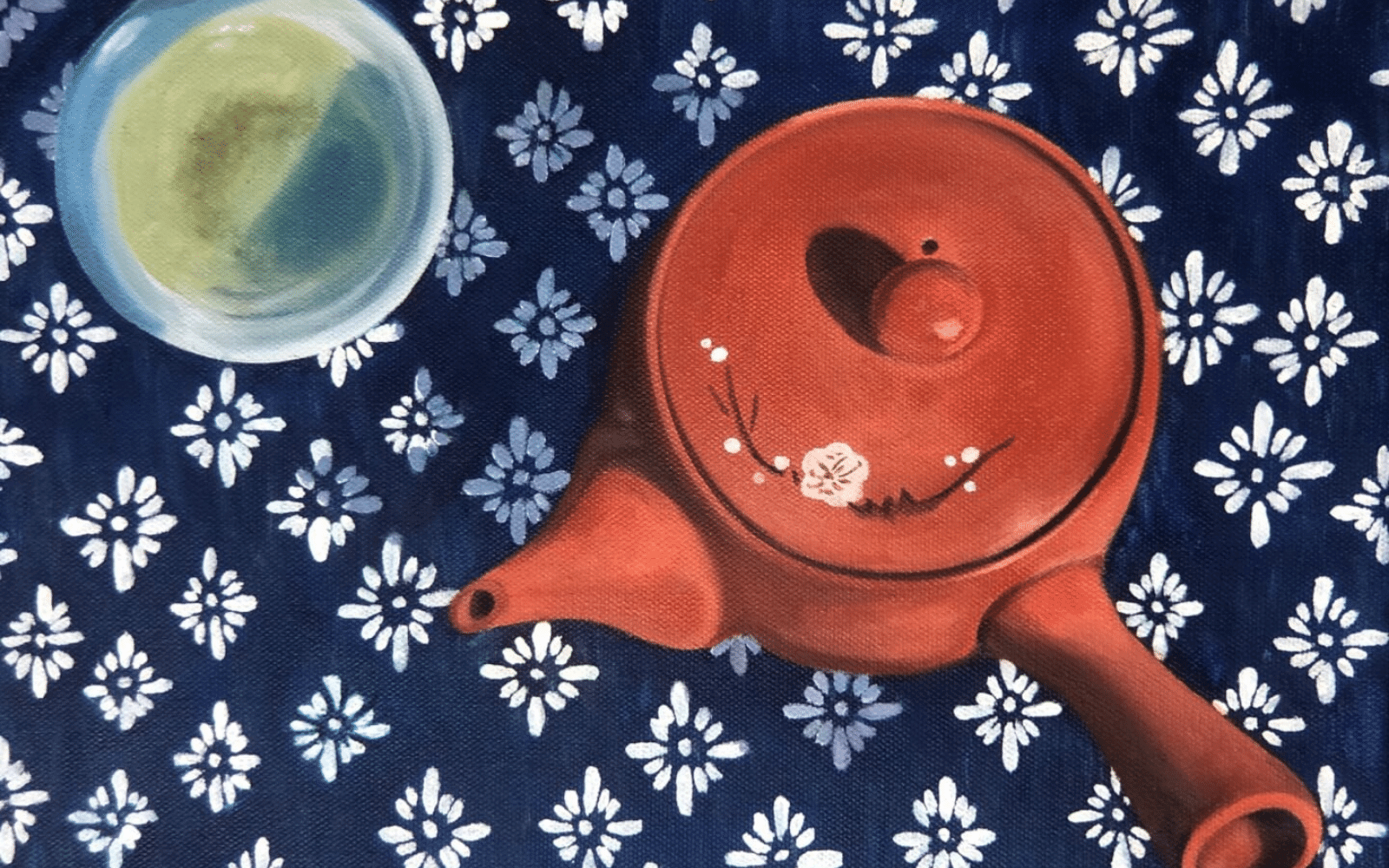

For most of my life, my identity as an artist and a mixed race Japanese-American felt deeply interwoven, but also somewhat precarious. I grew up in the US, but my parents met in Japan and moved here when my mom was still pregnant with me. Both of my mom’s parents, my jichan and baachan, are professional artists from Kitakyushu, Japan, and I’m named Ariko after my baachan. Every other summer my mom would take us back to her hometown to spend time with them. Some of my favorite childhood memories were spent sitting on the floor of their studio surrounded by shelves of still life objects, painting one picture after another for hours at a time. When I think about it, I can still smell the mix of waxy oil paints, the dust from the crowded collection of objects lining the walls, and a sweet grassy scent, thanks to the humid weather and the overgrown garden surrounding their house.
Apart from creating my own pictures, what I loved about being in their studio was seeing their paintings, too. They both painted in a heavily textured impressionistic style, and staring at their paintings felt like cracking a code. From a distance I would see a city street, a mountain landscape, or a harbor full of sailboats, and wonder what magical combination of paint and brushstrokes made the canvas come to life like that. Then up close, just inches from the surface, I saw individual, overlapping strokes of color: the objects depicted disappeared, and I started to think, “okay, I can understand how these pieces fit together.” It taught me to really see, not just look.
Unlike their paintings, when I looked at myself, I never felt like the pieces quite added up. Being mixed race and first-generation American in a mostly-white community, I didn’t know where I fit in. Somehow the sum of all my pieces seemed to leave me with less. In America I didn’t feel white enough, and in Japan I didn’t feel Japanese enough. In particular, when it came to my mom’s side of the family, the language and distance barriers between us made it difficult to connect. Identifying as “artsy” felt like something I had control over to ensure I belonged in my family of artists, and could be communicated without language.
On one hand this was comforting, but on the other it left me feeling deeply vulnerable. For years I painted only in my bedroom and stacked my finished canvases in my closet. I dreamed of one day being a “real artist” but held back because a part of me felt like if I failed at being an artist, then I’d fail at belonging in the family. I was still waiting for some kind of confirmation, or validation, that I had all the pieces together. Then 2020 happened.
At the end of 2019 my mom and I planned a trip to Japan for April of 2020, and I was really looking forward to it. After years of sitting on my hands, I told myself that this would be the year I’d start doing more with my art. I’d see my jichan, I’d ask the questions I always meant to ask, I’d be back in their studio and reconnect with the little girl who confidently said she was an artist, and I’d finally collect all the pieces I needed. In the weeks leading up to our trip, the reality of the pandemic set in and not only did we have to cancel our flight, but we were left not knowing how long it would be until we could visit again. The news completely devastated me. Yes, I was sad the trip was canceled, but it was more than that. This idea I had in my head of finally reaching my “one day…” was shattered: One day I’ll finally add all the pieces together and feel 100% ready to be an artist, to claim my full identity, to understand exactly how jichan and baachan did it, to have all the answers.
Something about the suddenness of the trip being canceled woke me up to the realization that I’d never be 100% ready. That month I took the first real step and built my artist website (more accurately, my husband built it for me- thanks Henry!). By May I was accepting painting commissions and by June I had filed a business license for Gina Ariko, sole prop. I chose to use Gina Ariko as the name of my business and thought a lot about her in those early days. She died when I was a teenager, so I didn’t get much time with her, and there’s so much I wish I could ask her, especially now. There’s so much more I wish I knew about her life, her thoughts, and her creative process. I do know that I carry her name. I know she was an artist, and I’m an artist, too. It gave me so much strength during those first shaky steps of starting my business to say out loud that yes, I’m Gina Ariko, and I’m an artist.
I’m still in my first year of business, and have spent that entire time in mandated isolation. I still don’t know exactly when I’ll be able to return to Japan, but I’m surprised to find that my time in isolation has made me feel closer than ever to my family, and to my own sense of self. It’s forced me to face my long-held insecurities of “not being enough”, and I’m finally starting to accept myself for who I am: mixed-race, half-Japanese and half-not, but not any less whole.

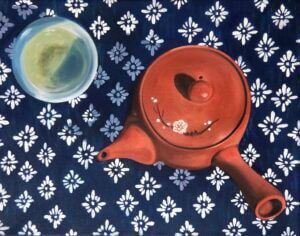
About the Artist
I owe my lifelong love of painting to my ojichan and obaachan, who are both professional artists. Currently based in Seattle, I spent every other summer of my childhood visiting family in Kitakyushu, Japan, my mom’s hometown. My favorite memories of that time are waking up before the sunrise to paint in the quiet stillness of their studio, surrounded by shelves of still life objects. With the obvious language and distance barriers between us, painting helped me feel more connected to my heritage.
I still see painting as a way to connect, and am especially influenced by the feeling of nostalgia, even as I explore different subjects and styles.
Growing up biracial and a first-generation American, I often felt caught in the in-between, sometimes feeling “too American to be Japanese” and other times “too Japanese to be American.” Painting gave me a sense of ownership over my identity, and allowed me to explore the tension I felt observing from both an outsider and insider perspective. I’ll often incorporate Japanese still life objects or pattern work into my paintings as a way to study and share more of my heritage. I use common household objects in order to capture quiet, intimate moments that might otherwise be overlooked.
Likewise, my figurative work is inspired by the feeling I get looking at old family photos, at once familiar and distant, and the way our memories can almost feel more like dreams. I love lingering in that space of slight uncertainty, and hope that my paintings bring out a mix of comfort and curiosity in others, too.Find her on Website: ginaariko.comInstagram: @ginaariko














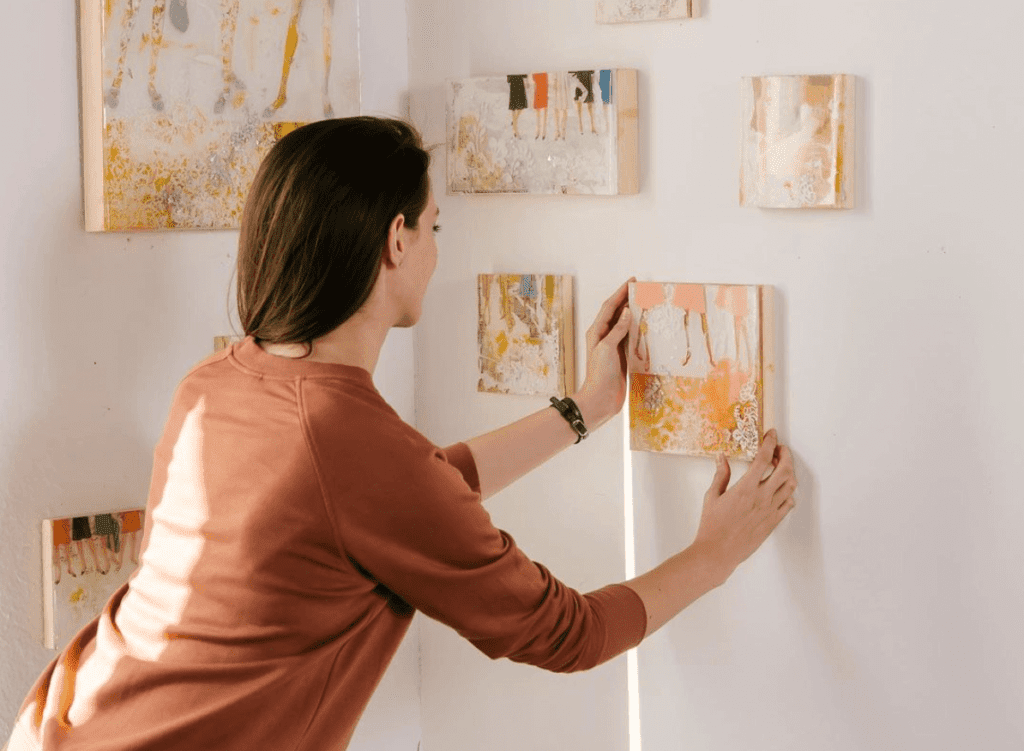
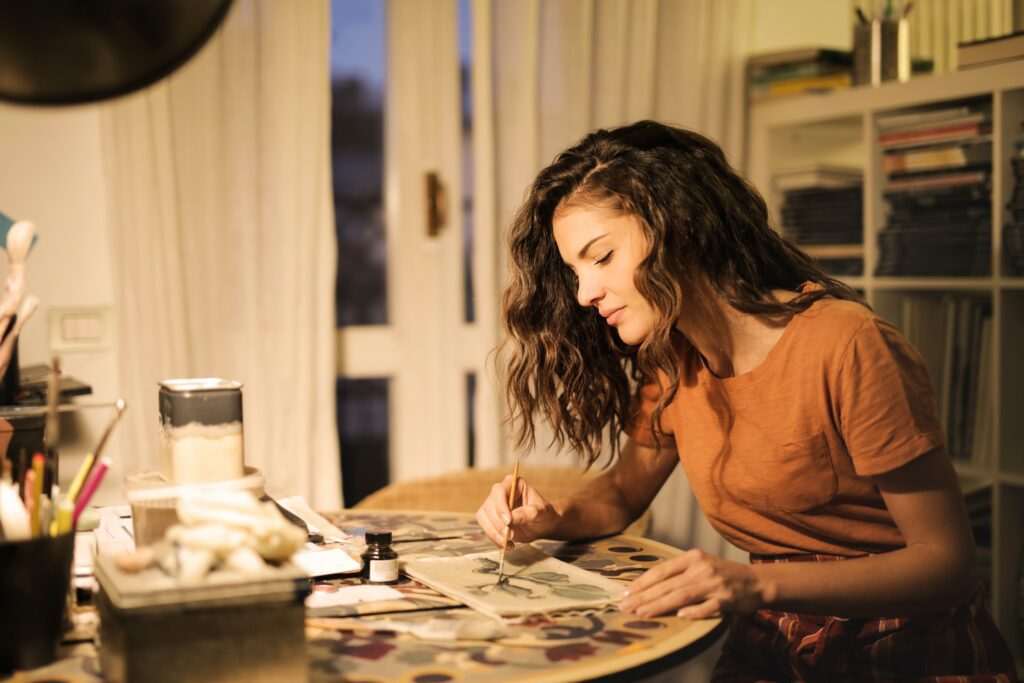
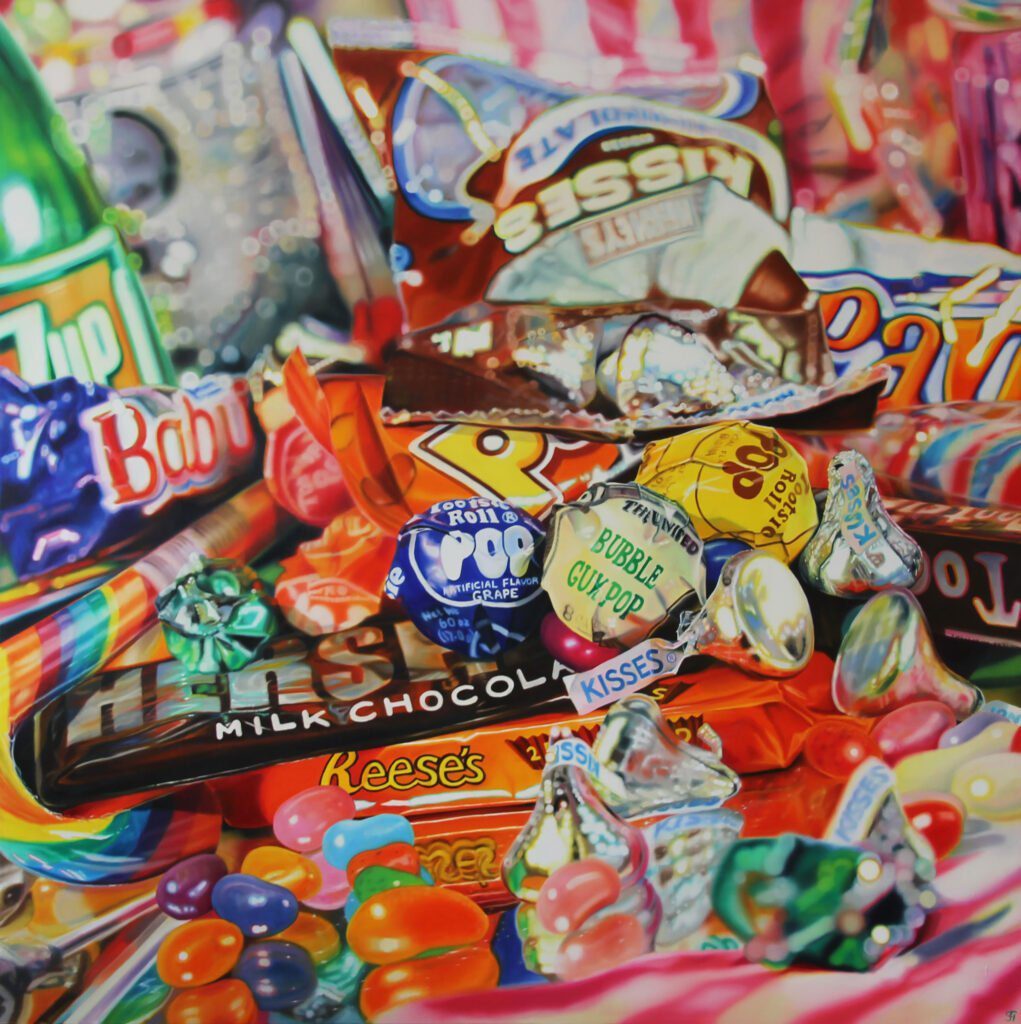
Comments 16